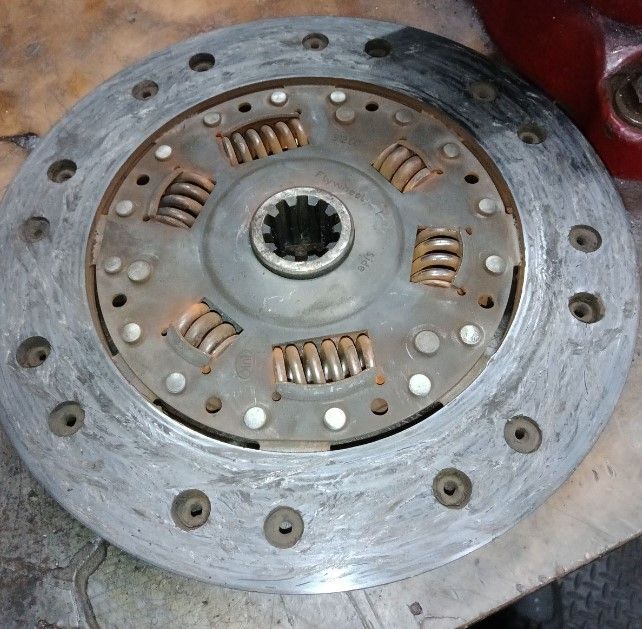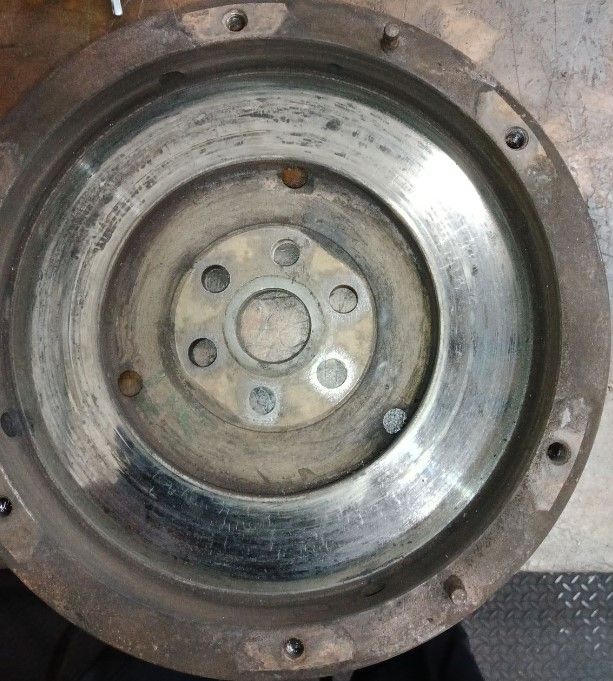
The clutch is a key part of a car's transmission system , especially in vehicles with manual transmissions. It helps control the power transfer between the engine and the wheels, allowing for smooth gear changes. Let’s dive into the details!
THE BASICS OF A CLUTCH
A clutch is a mechanical device that connects and disconnects the engine's power to the wheels. This function is essential for starting, stopping, and shifting gears in a manual transmission car.
HOW DOES A CLUTCH WORK?
Here's a simple breakdown of how a clutch works:
- Clutch Pedal : The pedal you press with your foot. Pressing it moves clutch components to engage or disengage the engine from the transmission.
- Clutch Disc : A friction plate between the engine’s flywheel and the pressure plate. When the clutch is engaged, the disc is pressed against the flywheel, allowing power transfer from the engine to the transmission.
- Flywheel : Attached to the engine’s crankshaft, providing a smooth surface for the clutch disc and helping balance the engine.
- Pressure Plate : Applies force to the clutch disc to press it against the flywheel. Releasing the clutch pedal engages the clutch.
- Release Mechanism : Includes the release bearing and fork, which help disengage the clutch when the pedal is pressed.

ENGAGINF AND DISENGAGING A CLUTCH
- Engaging the Clutch : Releasing the clutch pedal allows the pressure plate to push the clutch disc against the flywheel, transmitting power from the engine to the transmission.
- Disengaging the Clutch : Pressing the clutch pedal causes the release bearing to push against the diaphragm spring, moving the pressure plate away from the clutch disc, interrupting the power flow from the engine to the transmission. This allows you to shift gears or stop without stalling the engine.
WHY IS THE CLUTCH IMPORTANT?
- Starting and Stopping : It’s crucial for starting a car from a standstill and stopping without stalling the engine
- Shifting Gears : Allows smooth gear changes by temporarily disconnecting the engine from the transmission, preventing gear damage.
- Control : Gives drivers control over power delivery to the wheels. It is essential for safe and efficient driving.

TYPES OF CLUTCHES
There are various types of clutches for different applications:
- Single-Plate Clutch : Most common in cars, featuring a single friction disc.
- Multi-Plate Clutch : Found in high-performance and heavy-duty vehicles, with multiple friction discs to handle greater power and torque.
- Wet Clutch : Used in some motorcycles and high-performance cars, immersed in oil for cooling and smoother operation.
- Dry Clutch : Common in standard cars, operating without oil and simpler in design.
The clutch is essential for manual transmission vehicles, enabling smooth starting, stopping, and gear shifting. Understanding how a clutch works and its importance can enhance your appreciation for your vehicle and improve your driving skills.
Need a clutch repair on your vehicle? We can help! Lou's Car Care & Fleet Services has proudly served Baldwinsville, NY, and surrounding communities since 1976. Call us or schedule your next appointment online today!
FREQUENTLY ASKED CLUTCH QUESTIONS:
1. What are the signs of a failing clutch?
The signs of a failing clutch include difficulty shifting gears, a spongy or sticking clutch pedal, unusual noises when pressing the clutch, and the car revving higher than usual without an increase in speed (also known as clutch slipping).
2. How often should a car clutch be replaced?
A car clutch typically lasts between 50,000 to 100,000 miles, depending on driving habits and conditions. Regular inspection and maintenance can help determine when a clutch replacement is necessary.
3. What causes a clutch to wear out prematurely?
A clutch can wear out prematurely due to riding the clutch (keeping the clutch pedal partially engaged), aggressive driving, frequent stop-and-go traffic, towing heavy loads, and improper clutch adjustments.
4. How can I extend the life of my car clutch?
To extend the life of your car clutch, avoid riding the clutch, use the handbrake on inclines instead of holding the clutch, shift gears smoothly, and ensure regular maintenance and proper adjustments.
5. Can I drive with a slipping clutch?
Driving with a slipping clutch is not recommended because it can lead to further damage and potentially leave you stranded. It's best to have the clutch inspected and repaired as soon as possible to avoid more extensive and costly repairs.
Let's Connect! Click on the links below to stay in touch with the Lou's Car Care Community:








